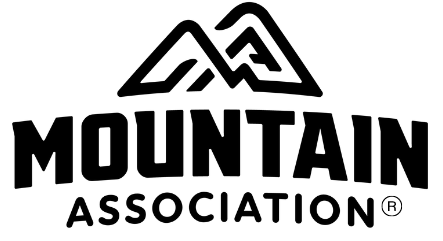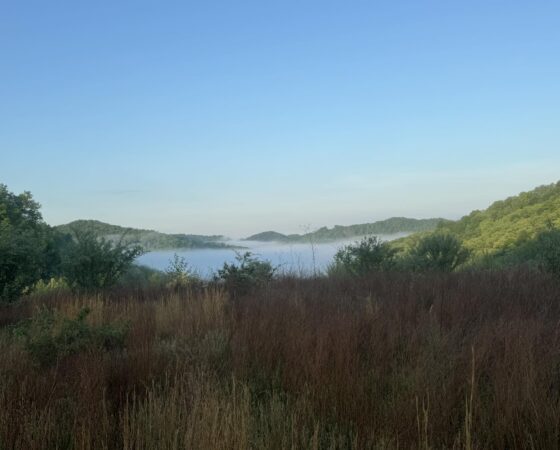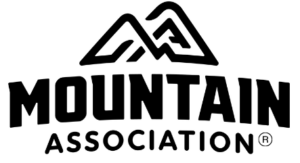This article originally appeared in the New York Times on May 14–we are glad to see the national press celebrate Appalachian culture publicly. For more about Talking Dirt, see the Harlan Daily Enterprise's coverage of the show.
By SABRINA TAVERNISE
Published: May 14, 2011
A cast of 75 performed in “Talking Dirt,” part of a series of plays about life in the heart of Kentucky coal country.
CUMBERLAND, Ky. — Robert Gipe, an expert on Appalachia, had grown weary of watching flip-chart presentations about the region’s problems. Their remedies were too sweeping, and their language, full of terms like “sustainable development,” were too lofty.
“I was interested in addressing issues, rather than endlessly naming them,” Mr. Gipe said.
So with two colleagues from Southeast Kentucky Community and Technical College, where he teaches, Mr. Gipe did the one thing he thought might help lift Harlan County — or at least its spirits.
He staged a series of plays.
The series, “Higher Ground,” describes in nuanced tones and local accents the hard realities of life here in Harlan, the heart of Kentucky coal country, which has been battered by decades of decline.
The title “Higher Ground” comes from the places communities flock to escape rising flood waters and is a metaphor for the monumental problems facing the area — drug abuse, strip mining, dwindling populations of young people.
Luke Sharrett for The New York Times
Harlan County has lost nearly half of its under-35 population since 1980.
The plays — the first of which was staged in 2005 and the third and most recent, “Talking Dirt,” over two weekends in late April and early May — take on those issues through characters that are part fiction, part real.
“Talking Dirt” tells the story of James and Beth, young people torn between the slim prospects in their hometown and the specter of having to leave. An environmental twist comes when a mining company wants to buy James’s land.
Mr. Gipe, a self-effacing 47-year-old from Tennessee, went to graduate school in Massachusetts but has spent most of his career in Appalachia, first in nonprofit work and later as a professor of Appalachian studies. He said he wanted to involve the entire county in the productions.
He and his colleagues, Ann Schertz, a music professor, and Theresa Osborne, a folklorist, recruited performers in schools, churches, civic organizations, even the grocery store and the post office. “Talking Dirt” has a cast of 75, including several families with children.
In the old days, rural culture came from getting together, telling stories and making music, and Mr. Gipe wanted to replicate that. Bluegrass melodies anchor many of the scenes and are played by local musicians, including two father-and-son duos.
“We need entertainment,” Mr. Gipe said. “We need something of our own. And we have these hard things that we should talk about.”
Harlan has lost three-fifths of its population since its peak in 1940, according to census data, and has lost nearly half of its under-35 population since 1980.
A character named Roger describes what that is like: “My high school graduation was my mother crying like I was dead, because she was so sure I was leaving and she would never see me again.”
That line and others in the play are drawn from real stories collected by Southeast Kentucky Community students in a long-running oral history project.
Harlan is also among the country’s poorest counties. (Last week, phone and Internet service in the area was cut when copper thieves ripped out lines.)
“Talking Dirt” offers an empathetic twist to its otherwise gloomy view of strip mining. While Beth, who has been offered a scholarship, opposes strip mining, Roger, a young miner, shows her that her privileged status gives her the luxury to choose.
“There wasn’t anybody standing there offering me a scholarship when I graduated high school,” he tells her.
Harlan County’s fortunes are still tied to coal, so mining is a sensitive subject. Coal jobs represent just 14 percent of employment in Harlan, down from more than 60 percent in 1940. But according to Roy Silver, a sociology professor at Southeast, they generate about a third of the income.
While Mr. Gipe would not use the phrase “community building” to refer to the play — though he admitted he would in a grant proposal — that has clearly been its effect.
Carlton Hughes, a professor at Southeast, said the play had changed the attitude of his 15-year-old son, Noah, who for some time had been chafing at life in Harlan County.
“With every breath, he would say, ‘I can’t wait to get out of here,’ ” Mr. Hughes said.
But Noah agreed to take a role in the play, and during a recent performance, Mr. Hughes was pleased to see him laughing and cavorting with a retired coal miner many times his age.
Despite the unconventional subject matter, the play has a fairly standard happy ending. Mr. Gipe makes no apologies for it.
“Somewhere along the line, artistic validity became associated with everything ending in a mess,” he said. “But if you articulate what’s best in us and put characters in front of people who don’t resort to their basest instincts, that’s real, too.”
Robert Gebeloff contributed reporting from New York.







